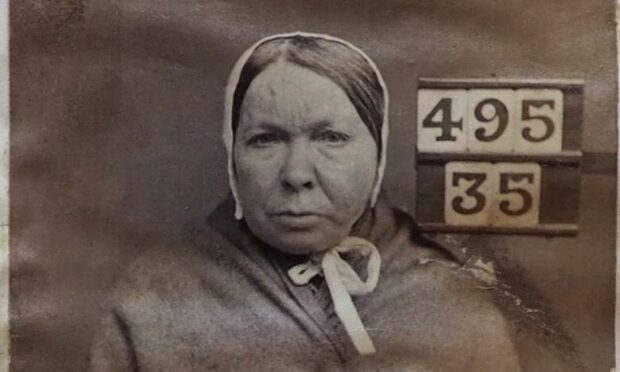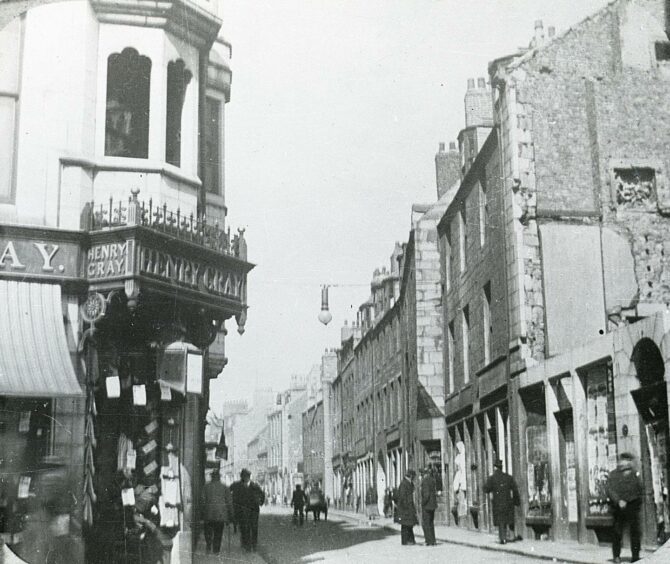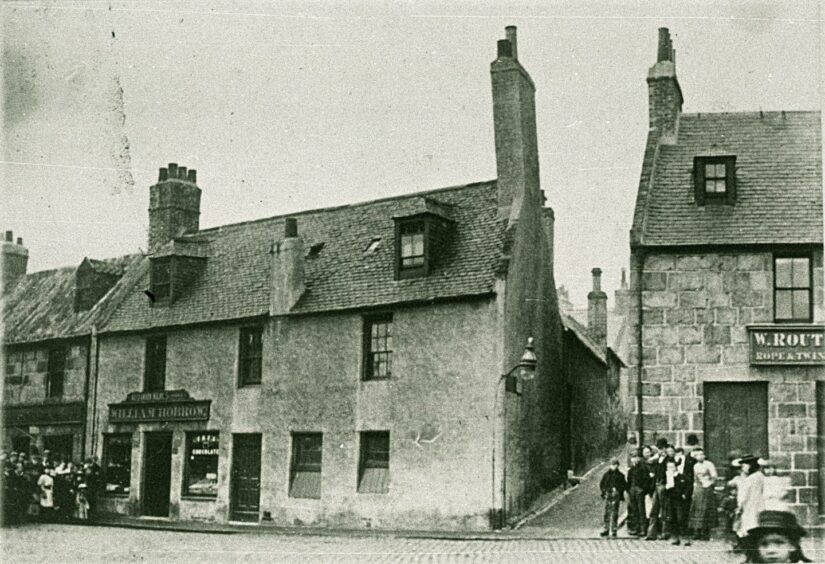The Grit in the Granite exhibition will shine a light into the hidden corners of the city’s past as part of Aberdeen’s crime-writing festival Granite Noir.
Drawn from original records in Aberdeen City and Aberdeenshire Archives, the free exhibition showcases photographs, documents and maps to highlight the darker side of Victorian Aberdeen as the city experienced expansion and prosperity.
The exhibition, which runs from Thursday February 24 to Sunday February 27 in the Music Hall and the Lemon Tree, examines the rapid growth of the city’s physical area and population and the corresponding rise in poverty, crime, prostitution and juvenile delinquency.
The Grit in the Granite is part of Granite Noir which is inspired by the incredible popularity of crime fiction in all its forms and celebrates the fantastic contribution that Scottish writers make.
Granite Noir exhibition tells story of Grace McIntosh
City archivist Phil Astley and Dr Dee Hoole, Hon Research Fellow at Aberdeen University, will give an accompanying talk about Grace McIntosh who made her first court appearance in 1838 aged just 11.
She was later charged with theft aged 12 and 16, and then transported to Van Diemen’s Land in Tasmania. She returned to Aberdeen after 10 years to fall back into a life of prostitution and petty crime until her death in 1880.
Astley and Hoole have recreated a vivid picture of Grace from original papers which have left a remarkable historical record of a life of poverty and desperation lived against the backdrop of the rapidly developing 19th century Granite City.
Phil Astley, an archivist at Aberdeen City and Aberdeenshire Archives, said: “The poor and destitute in Aberdeen in the 19th century leave little or no trace of themselves, except through their court appearances and incarcerations, and in Grace’s case her transportation to Tasmania.
“Through these papers, we can learn a great deal about the deprivations of the city’s underclass during this period of prosperity and expansion.”
Exhibition part of crime-writing festival
The Grit in the Granite exhibition highlights the plight of a number of pre-teen children all arrested for petty crimes.
Granite Noir, now in its sixth year, is produced by Aberdeen Performing Arts on behalf of partners Belmont Filmhouse, Aberdeen City Libraries and Aberdeen City & Aberdeenshire Archives.
Aberdeen Performing Arts’s chief executive, Jane Spiers, said: “Granite Noir celebrates the best in crime fiction, but equally the festival gives us an opportunity to shine a spotlight on the fascinating real-life stories that inspire and ignite the imaginations of authors and storytellers.
“The exhibition is a perfect example of this, providing a unique insight into the underbelly of Victorian Aberdeen, revealing the grit in the granite that makes up our city and really bringing the past to life.”
Click here for more information about the festival.


